
The University of Lisbon is a public research university in Lisbon, and the largest university in Portugal. It was originally founded in 1911, but the present structure of the university dates from the 2013 merger of the former University of Lisbon (1911–2013) and the Technical University of Lisbon (1930–2013).
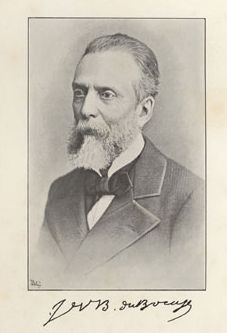
José Vicente Barbosa du Bocage was a Portuguese zoologist and politician. He was the curator of Zoology at the Museu Nacional de Lisboa in Lisbon. He published numerous works on mammals, birds, and fishes. In the 1880s he became the Minister of the Navy and later the Minister for Foreign Affairs for Portugal. The zoology collection at the Lisbon Museum is called the Bocage Museum in his honor.

The National Museum of Contemporary Art of Chiado is an art museum located in the Chiado neighbourhood of Lisbon, Portugal. It was created in 1911 and re-inaugurated, in new installations, in 1994.

The Museu Nacional de Arte Antiga, also known in English as the National Museum of Ancient Art, is a Portuguese national art museum located in Lisbon. With over 40,000 items spanning a vast collection of painting, sculpture, goldware, furniture, textiles, ceramics, and prints, MNAA is one of the most visited museums in Portugal.
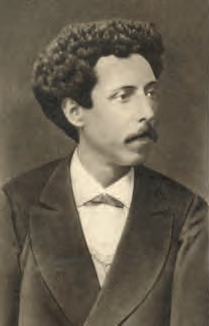
José Tomás de Sousa Martins was a doctor renowned for his work for the poor in Lisbon, Portugal. After his death, a secular cult arose around his personality in which he is thanked for "miraculous" cures.
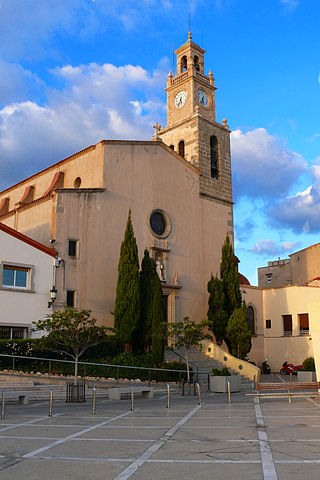
El Masnou is a municipality in the province of Barcelona, Catalonia, Spain. It is situated on the coast between Montgat and Premià de Mar, to the north-east of the city of Barcelona, in the comarca (county) of el Maresme. The town is both a tourist centre and a dormitory town in the Barcelona Metropolitan Area.

Alexandre Rodrigues Ferreira was a Portuguese naturalist born in Brazil. He undertook an extensive journey which crossed the interior of the Amazon Basin to Mato Grosso, between 1783 and 1792. During this journey, he described the agriculture, flora, fauna, and native inhabitants.

The National Museum of Archaeology is the largest archaeological museum in Portugal and one of the most important museums devoted to ancient art found in the Iberian Peninsula. Located in Lisbon, the museum was founded in 1893 by the archaeologist José Leite de Vasconcelos. The museum is located in the western wing of the Jeronimos Monastery where the monks had their dormitory. The museum is built in the Neo-Manueline style and was officially opened in 1906.

The National Coach Museum is located on the Afonso de Albuquerque Square in the Belém district of Lisbon in Portugal. The museum has one of the finest collections of historical carriages in the world and is one of the most visited museums of the city.
Luís Vasco Nogueira Prista (1925–2004), or Professor Prista, was a Cathedratric Professor in Pharmaceutical Technology at the Department of Pharmaceutical Technology, Faculty of Pharmacy, University of Porto, Portugal. He is one of the main personalities in pharmaceutical sciences of Portuguese language countries.

Carmen Miranda Museum, located in the Parque Brigadeiro Eduardo Gomes, is a museum established in homage to singer and actress Carmen Miranda and open to the public since 1976. The museum was officially opened on the 21st anniversary of her death.
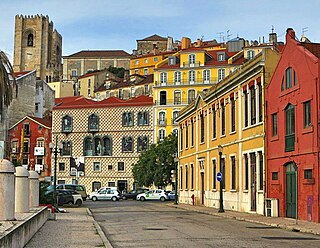
Lisbon is one of the most popular city destinations in Europe. The city of Lisbon and the Lisbon metropolitan area attracts a significant number of tourists each year, drawn to its historical and cultural heritage, good transportation connections and good touristic infrastructure.

The Castro of Monte Mozinho is a Neolithic fortified settlement, sometimes referred to as the Dead City, situated in the civil parish of Oldrões, in the municipality of Penafiel in the Tâmega Subregion of the Portuguese district of Porto.

The Faculty of Pharmacy, Universidade de Lisboa (FFUL) is a Portuguese public institution of higher education dedicated to education, research, knowledge transfer and continuing education in the fields of pharmacy, medicine, and pharmaceutical sciences.

The Museum of Portuguese Music is a small museum housed in the Casa Verdades de Faria in Estoril, municipality of Cascais, Portugal, on the Portuguese Riviera. It contains a collection of Portuguese musical instruments and other items, as well as a music documentation centre, and is also used for recitals.

The Ceramics Museum of Sacavém is situated in the town of Sacavém in the municipality of Loures, just northeast of Lisbon in Portugal. The museum was opened in July 2000 and was constructed on the grounds of a former ceramics factory. Most of the exhibits reflect the output of that factory and its documentation centre is devoted to the study of the history and production of the factory and the industrial heritage of the municipality. In 2002 the museum was awarded the Luigi Micheletti Prize in the Industrial Heritage category.

The Anta do Alto da Toupeira, also called the Anta da Toupeira or the Anta de Salemas, is a Neolithic dolmen, or megalithic tomb, situated in the parish of Lousa in the municipality of Loures, in the Lisbon District of Portugal. It dates back to the Chalcolithic.

Maria Odette Santos Ferreira was a Portuguese professor of microbiology who played an important role in research on HIV, through the identification of the HIV-2 virus in association with the Pasteur Institute of Paris. She was also the coordinator of the Portuguese programme to fight AIDS, overseeing the "Say no to a second-hand syringe" project, which resulted in the collection and exchange by pharmacies of 43 million used syringes between 1993 and 2008.
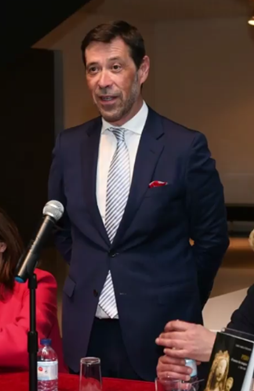
António Manuel Filipe Rocha Pimentel is a Portuguese academic and art historian currently the director of the Calouste Gulbenkian Museum in Lisbon, Portugal.




















